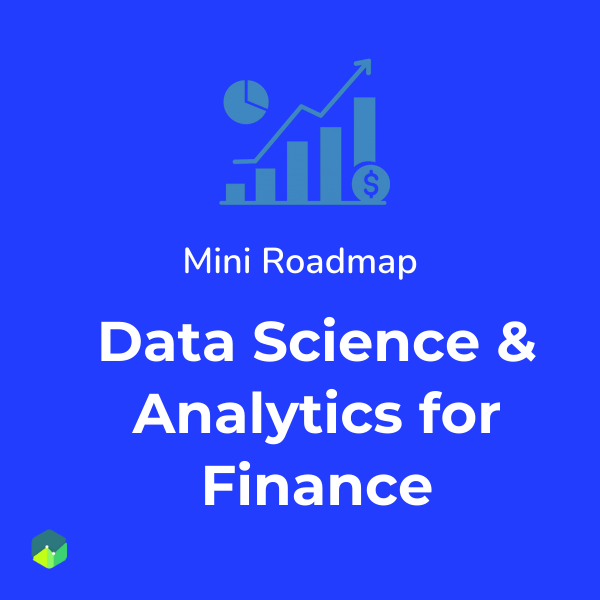Get full access to all Data Science, Machine Learning, and AI courses built for finance professionals.
One-time payment - Lifetime access
Or create a free account to start

A step-by-step guide covering Python, SQL, analytics, and finance applications.
Or create a free account to access more
Get full access to all Data Science, Machine Learning, and AI courses built for finance professionals.
One-time payment - Lifetime access
Or create a free account to start

A step-by-step guide covering Python, SQL, analytics, and finance applications.
Or create a free account to access more
As we know, credit derivatives are used in Financial Markets to transfer credit risk. Since the credit risk can be transferred independent of the asset, it can be traded as an asset itself. Companies that are considering funding can also do so without worrying about credit risk.
There are three main applications of credit risk:
1. Investment instrument
2. Diversification of credit portfolio
3. Reduction of credit exposure
The credit derivatives market, especially, the CDS market offers high liquidity to corporates as well as sovereigns. That why, it is an attractive investment option for institutional investors.
Since the credit risk can be traded separately, many banks and portfolio managers can take on additional credit risk and earn fee income. Similarly they can sell credit derivatives to other parties that want to gain credit exposure.
The banks and other financial institutions can reduce their credit exposure on a single asset or an entire portfolio of loans using credit default swaps. The banks may want to do so because they want to maintain the relationship with the clients as well as transfer the credit risk arising from them. Suppose a bank has extended credit to a BBB-rated party. It can buy credit protection against this party from an A-rated bank. Now, the bank doesn’t have credit exposure to the BBB-rated party and has exposure to the A-rated bank. This also helps them in optimizing the regulatory constraints.
In effect, with the help of credit derivatives, banks are able to restructure their business by repackaging and transfer the credit risk while keeping the assets on their balance sheet.